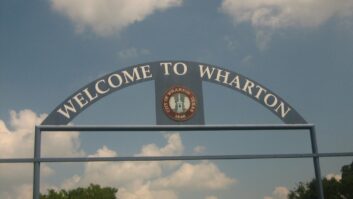Certain AM stations that want to use KinStar antennas will benefit from a move by the commission this week.
The FCC has simplified its application procedures for construction permits that specify non-directional KinStar antennas.
Based on its review of KinStar field tests and submitted reports, the Media Bureau decided it won’t routinely require the submission of a proof of performance, current distribution measurements or a formula for the vertical plane radiation characteristic for non-directional AM stations that use these antennas.
As reported in Radio World previously, the KinStar antenna was developed by Star-H Corp. and made by Kintronic Laboratories; it is approximately one-third the height of a standard quarter-wave antenna. The low-profile antenna affords users the flexibility to place antennas in areas where taller towers may be unacceptable, the commission noted, adding that the KinStar antenna also may be more economical to build and maintain.
Field tests and computer modeling indicate that the antenna produces an essentially omnidirectional radiation pattern in the horizontal plane. The developers’ tests also show that the KinStar antenna meets the minimum efficiency for Class B, C and D stations.
The report submitted by the developers demonstrates that the radiation patterns of the KinStar do not change significantly as the antenna is scaled at frequencies across the AM band.
Applicants may only specify the KinStar antenna for nondirectional use. The Media Bureau will consider authorizing the use of directional KinStar arrays when more information is available.
The antenna earned a special “Cool Concept” version of the Radio World “Cool Stuff” Award in 2003.
FCC Eases KinStar App Requirements
FCC Eases KinStar App Requirements










